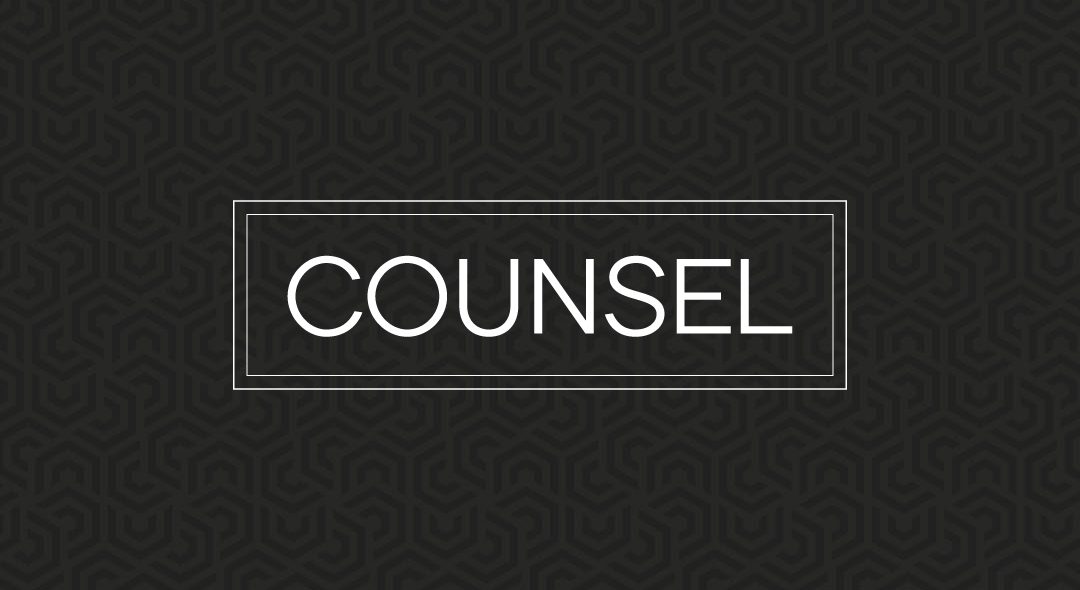(Ottawa, September 19, 2021) – As the 44th Canadian general election draws to a close, Counsel Public Affairs is predicting a Liberal minority Parliament, as the two front-running parties remain tied in our final, large-sample pre-election poll.
Nationally, Justin Trudeau’s Liberals are statistically tied with Erin O’Toole’s Conservatives, with the party standings as follows: Liberal 31 per cent; Conservative 30 per cent; New Democratic Party 19 per cent; Green Party 4 per cent; Bloc Québécois 7 per cent; People’s Party of Canada 7 per cent.
These results are based on Counsel’s large-sample survey of 3,298 Canadians between September 16 and 18. One of the key advantages of using such a large sample is the ability to look deep into the regions for signs of change and momentum for the main federal political parties.
Regional Breakdowns
Ontario: Four unique races
-
-
-
- In Ontario, the Liberals (37 per cent) are six points up on the Conservatives (31 per cent) with the NDP (20 per cent) in third place.
- In Toronto, the Liberals (48 per cent) lead the Conservatives (27 per cent) with the NDP (17 per cent) in third place.
- In the Greater Toronto and Hamilton Area, the Liberals (44 per cent) lead the Conservatives (31 per cent) with the NDP (16 per cent) in third place.
- In Southwestern Ontario, the Conservatives (35 per cent) lead the Liberals (30 per cent) with the NDP (23 per cent) in third place.
- In Northeastern Ontario, the Conservatives (33 per cent) lead the Liberals (29 per cent) with the NDP (24 per cent) in third place.
-
-
Quebec: Bloc Quebecois favoured to win the most seats
-
-
-
- In Quebec, the Liberals (33 per cent) lead the Bloc Quebecois (31 per cent) with the Conservatives in third place (16 per cent).
- In Montreal, the Liberals (47 per cent) lead the Bloc Quebecois (19 per cent) with the NDP in third place (14 per cent).
- In Rive Sud / Rive Nord, the Bloc Quebecois (40 per cent) lead the Liberals (29 per cent) with the NDP in third place (10 per cent).
- In Eastern Quebec, the Bloc Quebecois (36 per cent) lead the Conservatives (24 per cent) and the Liberals (22 per cent).
-
-
British Columbia: Competitive to the end
-
-
-
- In British Columbia, the Conservatives (31 per cent) lead the NDP (30 per cent) with the Liberals in third place (24 per cent).
- In the Lower Mainland, the Liberals (32 per cent) lead the NDP (29 per cent) with the Conservatives in third place (27 per cent).
- Outside of the Lower Mainland, the Conservatives (34 per cent) lead the NDP (31 per cent) with the Liberals in third place (14 per cent).
-
-
Prairies: Blue, with streaks of orange and purple
-
-
-
- In Alberta, the Conservatives (50 per cent) lead the NDP (20 per cent) with the Liberals in third place (15 per cent) and the People’s Party chosen by 10 per cent of Albertans.
- In urban Alberta, the Conservatives (48 per cent) lead the NDP (21 per cent) with the Liberals in third place (19 per cent) and the People’s Party chosen by 6 per cent of urban Albertans.
- In rural Alberta, the Conservatives (54 per cent) lead the NDP (17 per cent) with the People’s Party in third place (15 per cent) and the Liberals chosen by 10 per cent of rural Albertans.
- In Saskatchewan, the Conservatives (48 per cent) lead the NDP and Liberals (tied at 18 per cent each) with the People’s Party chosen by 13 per cent of Saskatchewanians.
- In the province of Manitoba, the Conservatives (37 per cent) lead the NDP (24 per cent) with the Liberals in third place (19 per cent) and the People’s Party chosen by 10% of Manitobans.
-
-
Atlantic Canada: Progressives divided
-
-
-
- In Atlantic Canada, the Liberals (35 per cent) lead the Conservatives (29 per cent) with the NDP (24 per cent) in third place.
-
-
The full summary of findings and analysis from Counsel’s poll can be found at counselpa.com/counsel-research.
Methodology
Counsel surveyed 3,298 people over the period of September 16 – September 18, 2021, using the Lucid Exchange Platform, which blends a variety of partner panels. The margin of error for a comparable probability-based random sample of the same size is +/- 1.7 per cent, 19 times out of 20.

